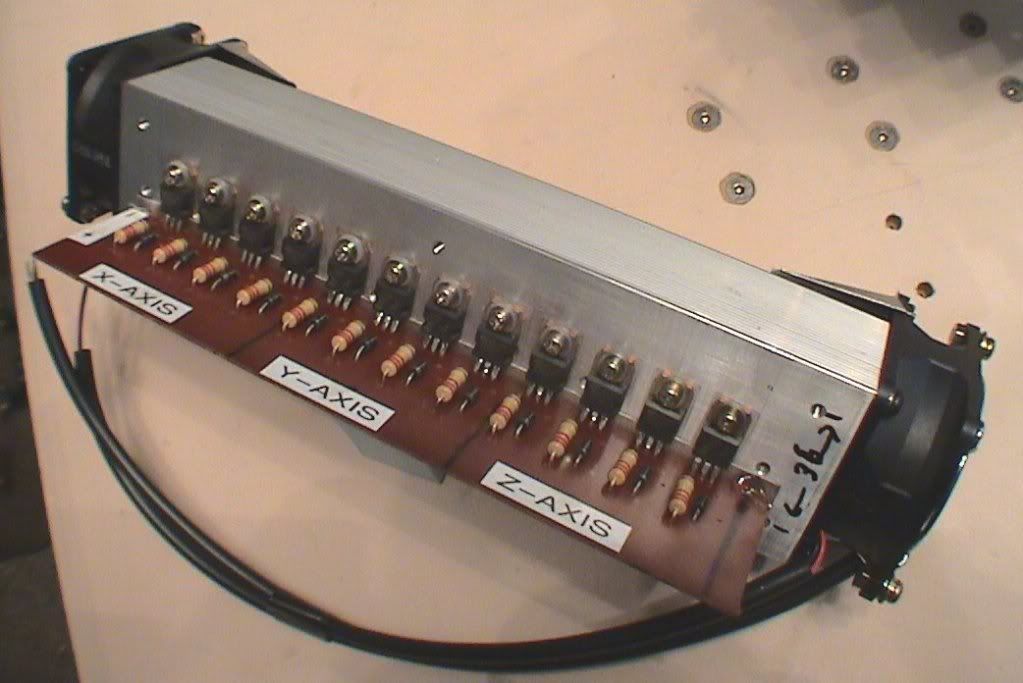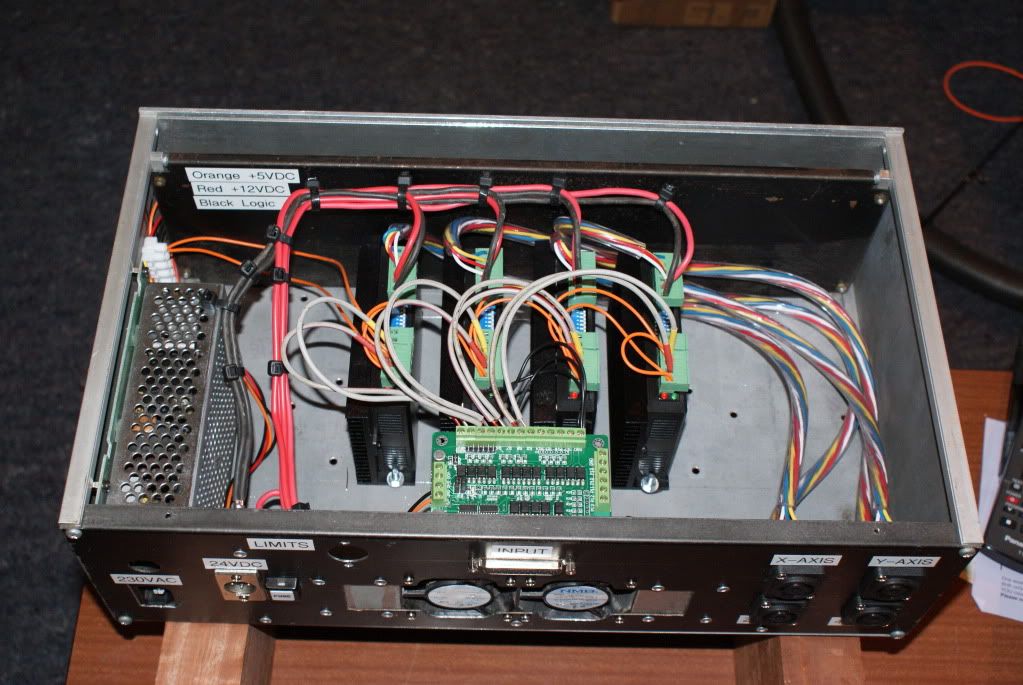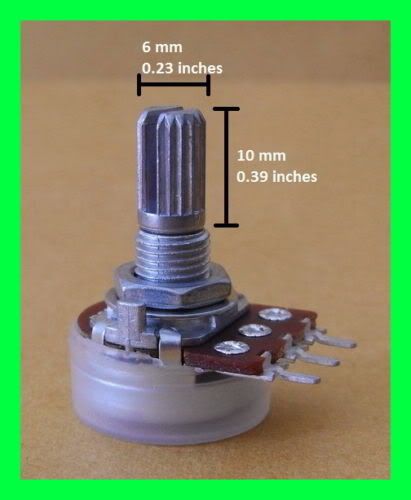You are using an out of date browser. It may not display this or other websites correctly.
You should upgrade or use an alternative browser.
You should upgrade or use an alternative browser.
ELECTRONIC GADGETS
- Thread starter drallen
- Start date

Help Support Home Model Engine Machinist Forum:
This site may earn a commission from merchant affiliate
links, including eBay, Amazon, and others.
- Joined
- Aug 8, 2009
- Messages
- 929
- Reaction score
- 12
Being star struck, we followed him around for a little while. I did notice that eventually he did have to go where many men have gone before. :big:
J
JorgensenSteam
Guest
Beam me up Scotty!

$99.99
AHS Outdoor Wood Boiler Yearly Maintenance Kit with Water Treatment - ProTech 300 & Test Kit
Alternative Heating & Supplies

$39.99
$49.99
Sunnytech Low Temperature Stirling Engine Motor Steam Heat Education Model Toy Kit For mechanical skills (LT001)
stirlingtechonline
imagineering
Well-Known Member
- Joined
- Dec 6, 2010
- Messages
- 96
- Reaction score
- 14
My original Stepper Motor Control Board for my CNC Router (2005).

And the Complete Control System for my CNC SX3 Mill (2011).
Things have come a long way in a few years.

.

And the Complete Control System for my CNC SX3 Mill (2011).
Things have come a long way in a few years.

.
spuddevans
Well-Known Member
- Joined
- Feb 25, 2008
- Messages
- 203
- Reaction score
- 1
With all these amplifiers showing here I thought I would share mine. For the last few weeks I have been working on building a HiFi amplifier, and I thought I'd share a few pics for your visual enjoyment.
This is the front panel view,

Some close up's of the knobs (what I made myself)



And the Inside view (I havent finished the lid yet)

And some close-ups of the insides with some identifier labels.





A few details on this project.
The valve pre-amp circuit is taken from the one in this link . I made one very slight change to the HT psu circuit. Because the 100uF smoothing caps I had were packaged as 100+100 caps, I added an extra RC stage.
The main amplifier modules are based on the LM4780 chipamp ic, they have their own bridge rectifier and smoothing caps so only need 28-0-28 VAC supply. Each module is a stereo amplifier, but by having 2 of these modules it means that I can Bi-Amp my speakers. (use one amplifier for each speaker cone, not just one amp for left and one for right) I dont know if this will make a big difference or not, but I thought it would be fun to see :headbang: :headbang:
I also got a remote control circuit that also has a bunch of relays on it to select the input.
I turned the volumn, power and input selector knobs out of some brass, and then engraved the designs on my mill.
When turned on, power is only applied to the valve heaters and the remote control circuit, then to switch on the rest of the power you just press the silver power button below the volumn knob, and then that turns on a latching relay that powers up the main transformer that feeds the amp modules and also feeds a step-up transformer that gives the HT supply for the valves.
I used my newly aquired bending brake to make some brass "U" channels to run the ac wiring, you might be able to see one running the width of the amp under the amp modules, and there is another one that runs along the bottom edge just behind the front panel.
I still have the lid to finish off, I have to drill some cooling vent holes above where the big heatsinks are. And I also have to modify the pre-amp circuit to increase the gain (the plans give the option for 7 or 11 times gain, I choose 7 but I think I need the extra gain)
I cant tell you how it sounds as I have only hooked up just a little speaker to check if it has hum or problems, and I am very happy to report that it is as quiet as a dead mouse, even turned up full. But when doing this test I noticed that the gain is not as much as I need, so I will modify it and then test it on my main speakers.
Tim
This is the front panel view,

Some close up's of the knobs (what I made myself)



And the Inside view (I havent finished the lid yet)

And some close-ups of the insides with some identifier labels.





A few details on this project.
The valve pre-amp circuit is taken from the one in this link . I made one very slight change to the HT psu circuit. Because the 100uF smoothing caps I had were packaged as 100+100 caps, I added an extra RC stage.
The main amplifier modules are based on the LM4780 chipamp ic, they have their own bridge rectifier and smoothing caps so only need 28-0-28 VAC supply. Each module is a stereo amplifier, but by having 2 of these modules it means that I can Bi-Amp my speakers. (use one amplifier for each speaker cone, not just one amp for left and one for right) I dont know if this will make a big difference or not, but I thought it would be fun to see :headbang: :headbang:
I also got a remote control circuit that also has a bunch of relays on it to select the input.
I turned the volumn, power and input selector knobs out of some brass, and then engraved the designs on my mill.
When turned on, power is only applied to the valve heaters and the remote control circuit, then to switch on the rest of the power you just press the silver power button below the volumn knob, and then that turns on a latching relay that powers up the main transformer that feeds the amp modules and also feeds a step-up transformer that gives the HT supply for the valves.
I used my newly aquired bending brake to make some brass "U" channels to run the ac wiring, you might be able to see one running the width of the amp under the amp modules, and there is another one that runs along the bottom edge just behind the front panel.
I still have the lid to finish off, I have to drill some cooling vent holes above where the big heatsinks are. And I also have to modify the pre-amp circuit to increase the gain (the plans give the option for 7 or 11 times gain, I choose 7 but I think I need the extra gain)
I cant tell you how it sounds as I have only hooked up just a little speaker to check if it has hum or problems, and I am very happy to report that it is as quiet as a dead mouse, even turned up full. But when doing this test I noticed that the gain is not as much as I need, so I will modify it and then test it on my main speakers.
Tim
Biamping makes a huge difference if your crossover network is active (Before the amplifying stage) because you can get rid of the speaker crossovers. Active speaker systems (systems where each driver is amplified separately) have the potential to sound much better at much lower cost than passive systems.
Additionally costs of active crossover systems keeps dropping massively. At this point I wouldn't even bother buying a EQ or an active crossover but rather save up a little scratch for a Yamaha dme24n.
Additionally costs of active crossover systems keeps dropping massively. At this point I wouldn't even bother buying a EQ or an active crossover but rather save up a little scratch for a Yamaha dme24n.
- Joined
- Aug 8, 2009
- Messages
- 929
- Reaction score
- 12
Biamping has many advantages. Here is a tri-amped system I had once. I used a phase-coherent active crossover. The tweeters were driven by the 15 watt/ch ClassA amplifier, the mid-range was was driven by a 45 watt/ch push-pull Class A amp and the woofers were driven by a 75 watt/ch. cascode-type amplifier. All homemade of course.
The preamplifier is a Threshold NS10. The turntable is a JVC direct drive using an AudioCraft arm with a moving coil cartridge.


My wife built this amp under my tutelage. The amp next to it is a headphone amp I made to drive electrostatic Stax headphones.
-Trout
The preamplifier is a Threshold NS10. The turntable is a JVC direct drive using an AudioCraft arm with a moving coil cartridge.


My wife built this amp under my tutelage. The amp next to it is a headphone amp I made to drive electrostatic Stax headphones.
-Trout
Similar threads
- Replies
- 13
- Views
- 610
- Replies
- 0
- Views
- 177
- Replies
- 15
- Views
- 1K
































